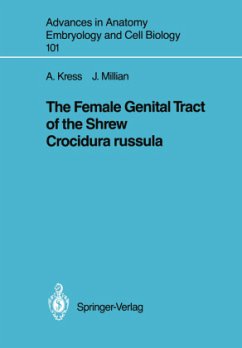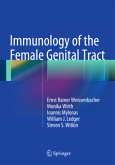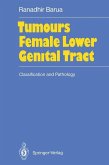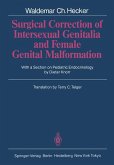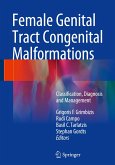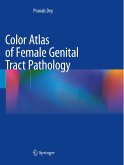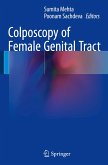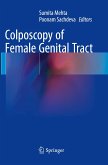Insectivores are considered to be primitive among the Eutheria and are therefore of particular interest (Romer 1966). In spite of this basal position of the group there are only few papers dealing with the structure of the female reproductive tract in insectivores. Erinaceus has been studied by Deanesly (1934), Talpa by Matthews (1935), some Centetinae from Madagascar by Feremutsch (1948) and Feremutsch and Strauss (1949), and Tenrec by Nicoll and Racey (1985). Among the Soricidae (shrews), Sorex (Brambe1l1935), Blarina (Pearson 1944), Neomys (price 1953), Suncus (Dryden 1969), and Crocidura (Besan~on 1984) have been investigated, but only at the light microscopical level. The first electron micro scopical studies in this field dealt with oogenesis in Crocidura, Neomys and Sorex (Kress 1984a, b) and with the uterus of the hedgehog (Lescoat et al. 1984, 1985). The aim of this publication is to describe the female genital tract of the shrew Crocidura. The following elements were investigated: bursa ovarica, epoo phoron, paroophoron, tuba uterina, and the uterus together with the cervix and vagina (Fig. 1). Wherever possible, morphological features are correlated with the functional changes during the annual cycle. The information serves on the one hand as a guideline for interpreting findings in ancestors, such as the monotremes and marsupials, and on the other, together, with data gained from more highly evolved mammals including man, to establish similarities as well as differences. The family Soricidae includes two subfamilies, the Soricinae (or red-toothed shrews) and the Crocidurinae (white-toothed shrews).

